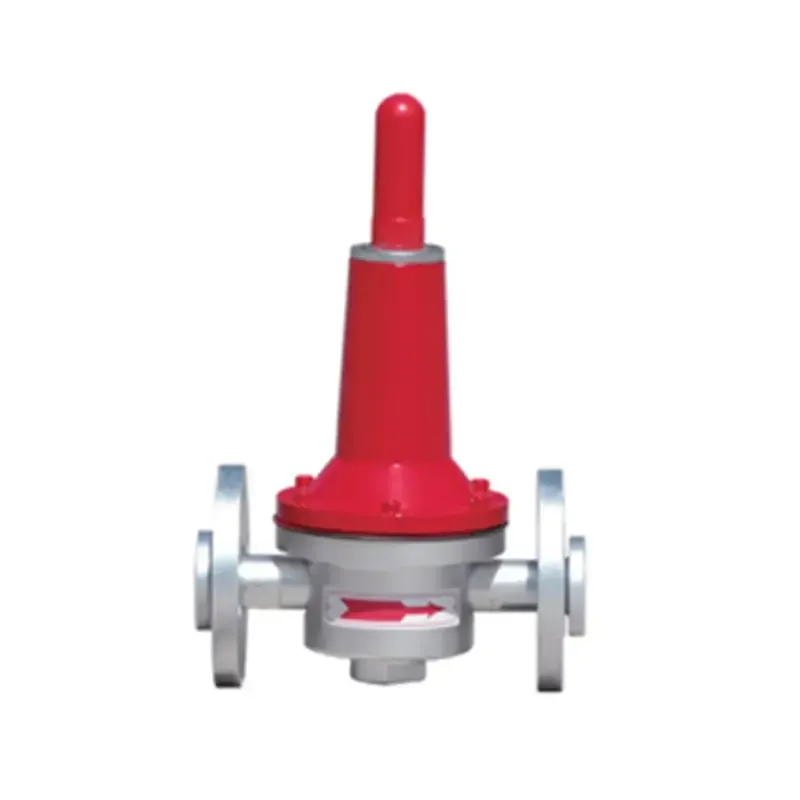
Nov . 27, 2024 11:07
Back to list
Understanding the Process of Decompression in Skiing Techniques and Safety Practices
Decompression Skid Understanding the Importance in Industrial Operations
In the realm of industrial operations, safety and efficiency are paramount. One of the crucial components that contribute to these aspects is the decompression skid. A device engineered to manage the depressurization process in various gas handling systems, the decompression skid plays an instrumental role in preventing accidents, optimizing processes, and ensuring regulatory compliance.
What is a Decompression Skid?
A decompression skid is essentially a modular unit designed to safely and efficiently depressurize gases from high to low pressure. These skids are commonly used in the oil and gas industry, where the extraction, transportation, and processing of natural gas require sophisticated equipment to manage pressure variations. The skid functions by allowing gas to expand in a controlled manner, reducing the risk of hazards such as explosions or equipment damage that could result from sudden pressure drops.
Key Components of a Decompression Skid
Decompression skids are typically composed of several key elements
1. Pressure Relief Valves These valves are critical for allowing excess pressure to safely escape from a system. They are designed to open at predetermined pressure thresholds, preventing potentially dangerous over-pressurization scenarios.
2. Control Systems Modern decompression skids are equipped with advanced control systems that monitor pressure levels in real-time. These systems can automatically adjust the flow and pressure to ensure optimal operation.
3. Piping and Fittings The design includes durable piping and fittings capable of withstanding high pressures and temperatures, ensuring structural integrity throughout the depressurization process.
4. Safety Features Enhanced safety measures such as emergency shut-off valves, blow-off panels, and flame arrestors are integrated into the design to mitigate risks associated with gas handling.
decompression skid

Importance of Decompression Skids
The role of decompression skids extends beyond mere functionality; their importance can be outlined in several key areas
1. Safety First One of the primary objectives of any industrial operation is maintaining the safety of workers and equipment. Decompression skids minimize the risk of catastrophic failures by controlling the depressurization process. This is particularly vital in high-stakes industries like oil, gas, and chemicals.
2. Process Efficiency Efficient gas handling directly impacts operational effectiveness. By allowing for a controlled depressurization process, these skids help maintain optimal flow rates and reduce downtime associated with pressure regulation.
3. Regulatory Compliance Many industries operate under stringent regulatory frameworks that dictate safe operation practices. Decompression skids assist in meeting these guidelines, thus avoiding costly fines or operational shutdowns.
4. Environmental Protection Improper handling of gases during depressurization can lead to environmental hazards, including leaks or emissions. Decompression skids are designed to minimize such risks, thus contributing to broader environmental protection efforts.
5. Cost Savings By enhancing safety, improving efficiency, and ensuring compliance, decompression skids ultimately lead to significant cost savings. This includes reduced insurance premiums, lower operational risks, and decreased likelihood of equipment repairs or replacements.
Conclusion
In closing, the decompression skid serves as a vital asset in modern industrial operations, particularly in sectors dealing with gas management. Its integrated safety features, efficiency-enhancing capabilities, and compliance support make it indispensable for any facility aiming to optimize performance while prioritizing safety and environmental responsibility. As industries evolve and the demand for safer, more efficient operational practices increases, the significance of decompression skids will undoubtedly continue to grow. Investing in the right decompression skid technology not only enhances safety and efficiency but also positions organizations to thrive in an ever-competitive landscape.
Latest news
-
Safety Valve Spring-Loaded Design Overpressure ProtectionNewsJul.25,2025
-
Precision Voltage Regulator AC5 Accuracy Grade PerformanceNewsJul.25,2025
-
Natural Gas Pressure Regulating Skid Industrial Pipeline ApplicationsNewsJul.25,2025
-
Natural Gas Filter Stainless Steel Mesh Element DesignNewsJul.25,2025
-
Gas Pressure Regulator Valve Direct-Acting Spring-Loaded DesignNewsJul.25,2025
-
Decompression Equipment Multi-Stage Heat Exchange System DesignNewsJul.25,2025

